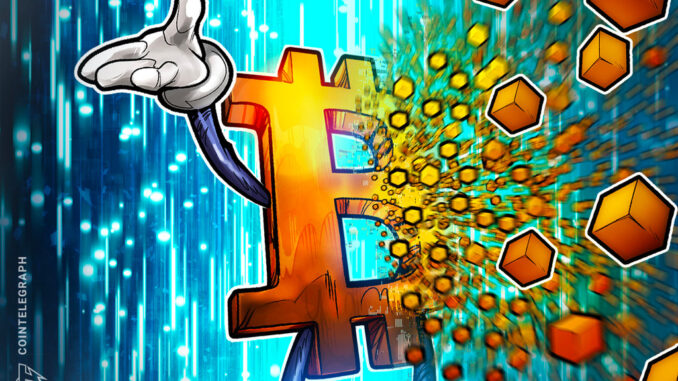
Ordinals are different from traditional NFTs from a technical design perspective. There are several features that make the pricing for ordinals a different exercise.
Bitcoin ordinals, as mentioned before, help identify sats uniquely and have content or art stored on-chain. Ethereum’s ERC-721 standard, which is used to create NFTs, typically holds the metadata or a pointer to the art, which is generally held off-chain. Some Ethereum NFTs are experimenting with on-chain storage, but they are more of an exception.
The other key difference with Bitcoin ordinals is the way rarity is derived and how pricing around the NFTs would work. With traditional Ethereum-based NFTs, the attributes of the art typically define the rarity of the NFT and, subsequently, its price. With NFTs like Ethereum Name Service (ENS) for instance, limited supply drives the value.
However, with Bitcoin ordinals, pricing would be defined by key moments that a Bitcoin block would represent. The first 1,000 or 10,000 ordinals inscribed might still be treasured by collectors. Don’t be surprised if the genesis Bitcoin ordinal is sold for a few million dollars in a couple of years. Yet some sats would be considered more precious than others.
A simple framework suggested by the founders of Bitcoin ordinals is that key events would decide the rarity of a sat and the ordinal inscribed into that. The first sat of every new block would be rarer than the other sats in the block. The first sat of an adjustment period that occurs approximately every two weeks would be even rarer. As the next halving is slated for 2024, the first sat of each halving epoch would add another level of rarity.
Finally, the first sat of the adjustment period, which happens once every six halvings (approximately once in 24 years), would be another level of rarity. Per the founders of this amazing innovation, this could differentiate Bitcoin ordinals from NFTs and make their rarity truly random and not controlled by the founding teams of nonfungible token collections or by their artists.
This could also help understand why the activity around Bitcoin ordinals has already peaked in the short term. It would be interesting to see how activity ramps up closer to the Bitcoin halving in 2024.






Be the first to comment